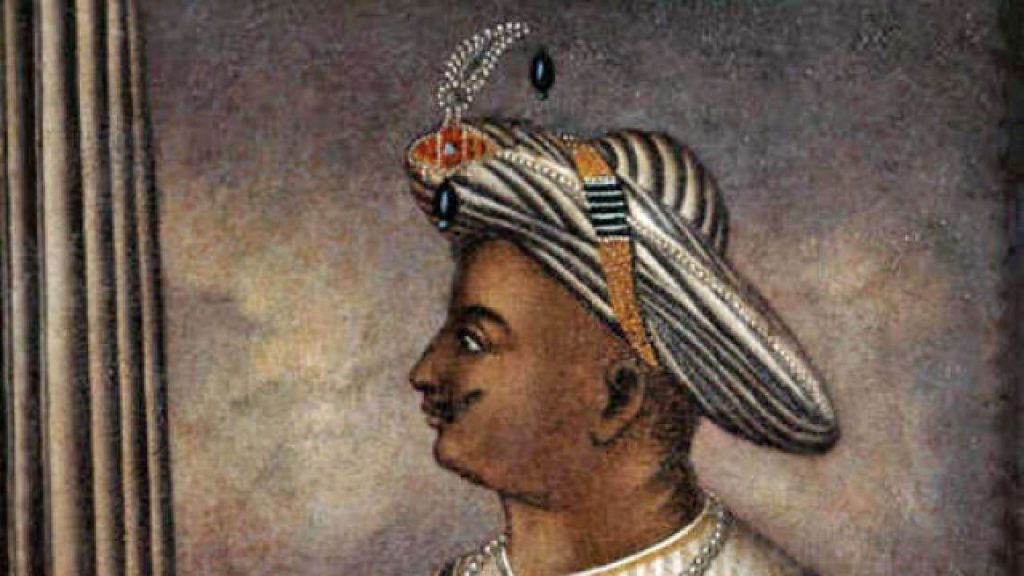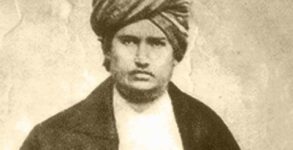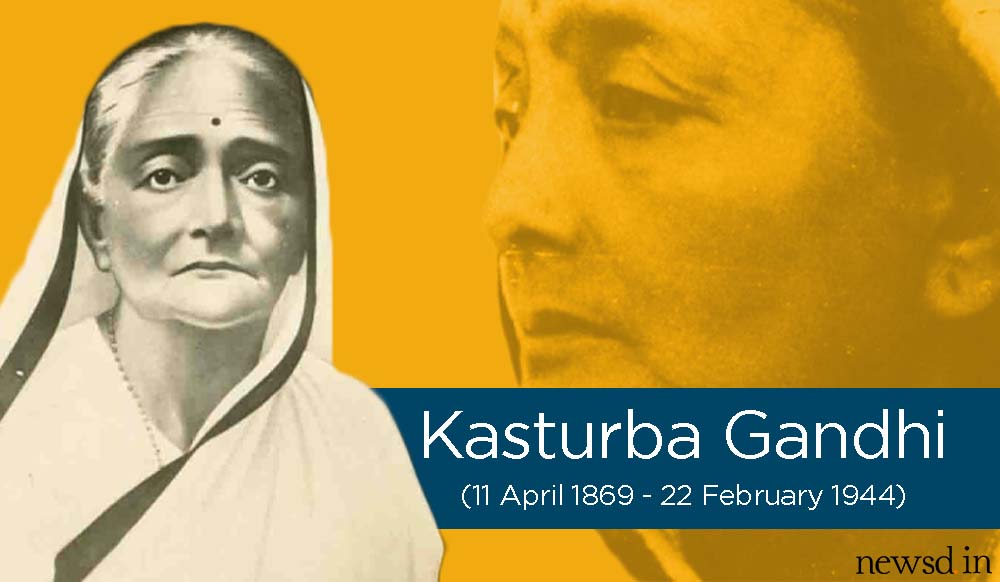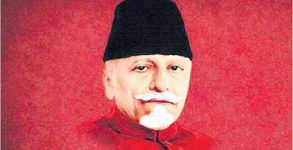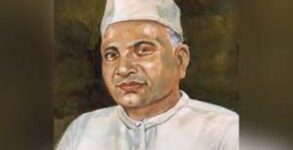When it comes to the heroes who fought with the British to get freedom for the country, then a name also comes in it of Tipu Sultan, who is called ‘Lion of Mysore’. Apart from being the ruler of Mysore, Tipu Sultan was also a fundamental reformer and a good warrior. You must have heard and seen about Tipu Sultan in school history books and many TV serials.
It is said that even the British used to tremble at the edge of Tipu Sultan’s sword. Not only this, Tipu Sultan fought and won on many fronts against the British East India Company. But interesting things related to Tipu Sultan do not end there, but there are many such things related to Tipu Sultan, which have been buried somewhere in the pages of history.
Birth of Tipu Sultan:
Tipu Sultan was born on 20 November 1750 in Devanahalli, Karnataka, which is now known as Bangalore, the capital of Karnataka. Tipu Sultan’s name at the time of birth was Sultan Fateh Ali Khan Shahab. Tipu Sultan became the ruler of Mysore after the death of his father , when he was only 15 years old and when Tipu Sultan won the first war against the British, he was 18 years old.
Urdu Journalism of Tipu Sultan:
Very few people know that Tipu Sultan is considered the father of Urdu journalism. Due to his diplomatic thinking and visionary nature, Tipu Sultan established the first Urdu newspaper named ‘Jam-e-Jahan Numa’ in the year 1823. It is believed that through this newspaper, Tipu Sultan used to inform his army about important issues related to governance.
Tipu Sultan’s wedding:
It is mentioned in some historical books that Tipu Sultan had 4 wives and there were more than 600 women in his palace harem, which Tipu Sultan won by fighting with other rulers. But Tipu Sultan used to love only his one wife, whose name was Rukaiya Bano. Not much information is available about Rukaiya anywhere, but it has been told that Rukaiah and Tipu were childhood friends and Rukaiah’s father Lala Mian was a major in the army of Tipu’s father Hyder Ali. Hyder Ali had a lot of objections about the marriage of Rukaiah and Tipu, but ignoring all this, Tipu married Rukaiah. But in order to keep his father’s heart, Tipu had also married Roshan Begum, the daughter of Imam Saheb Bakshi, the ruler of Vellore, on the same night he married Rukaiya. Let us tell you that the name of Tipu Sultan’s first wife was Khadija Begum.
Why was Tipu called Tiger?
There is a famous story related to Tipu Sultan in the history of India. It is said that once Tipu Sultan went hunting in the forest with his friends and there he encountered a tiger. On seeing the tiger, Tipu did not panic but confronted him firmly and killed him. Since then he came to be called the Lion of Mysore. From the throne of Tipu Sultan to his sword, the image of a lion was found. It can be guessed that Tipu was greatly affected by this incident.
Despite being known more for his wars and administration, the ruler also commissioned several works and despite being a Muslim king, patroned several temples as well.
A major thorn in the East India Company’s way, he also commissioned a number of forts and patroned temples during the course of his life, which have withstood the ravages of time.
Primary among those is the Srirangapatna Fort, which came into prominence during Tipu Sultan’s rule. The fort, which is believed to have been built by Timmanna Nayaka in 1454, was fully fortified and its architecture modified by Sultan with the help of French architects to protect it from invaders. The place gains more significance since it is also the fort where Tipu was killed in battle during the Fourth Anglo-Mysore War.
On his birth anniversary look at some architectural wonders built by Tiger of Mysore:
Daria Daulat Bagh: Situated in Srirangapatna, the teakwood palace was built by Tipu Sultan in 1784. He ruled Mysore from here for a short time after his father Hyder Ali wrested power from the Wodeyars in the middle of the 18th century.
Gumbaz, Srirangapatna: The mausoleum located at the centre of a garden is a grave house that was built by Tippu Sultan. Tippu Sultan, his father Hyder Ali, and his mother Fakr-Un-Nisa were buried in the grave house. He was allowed to be buried here after his death following the siege of Srirangapatna.
Srirangapatna’s Jama Masjid: The Jama Masjid mosque called Masjid-e-Ala with two beautiful minarets was built by Tipu Sultan in 1794. The masjid has two tall minarets that provide a spectacular aerial view of the surroundings.
Well-documented historical records see him helping out the Shankaracharya after the Sringeri temple was attacked and plundered by Marathas as well. Furthermore, he also patronised the temple at Melkote.

